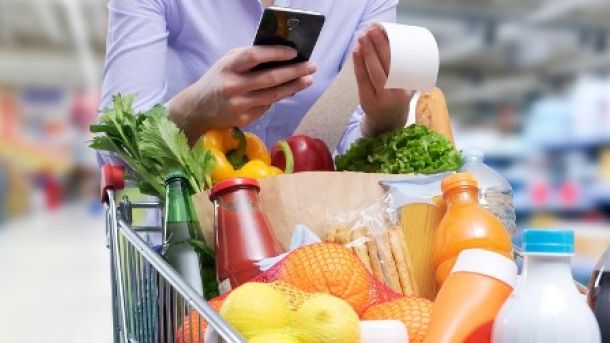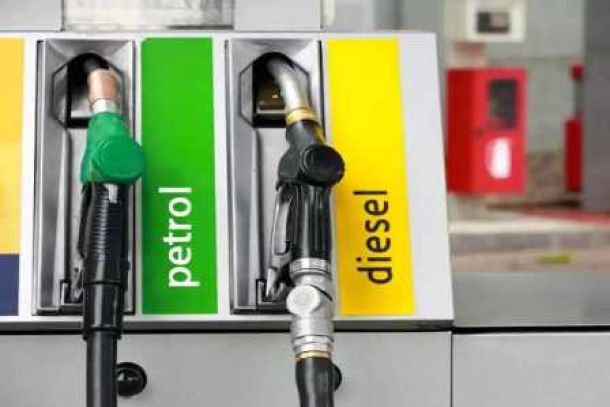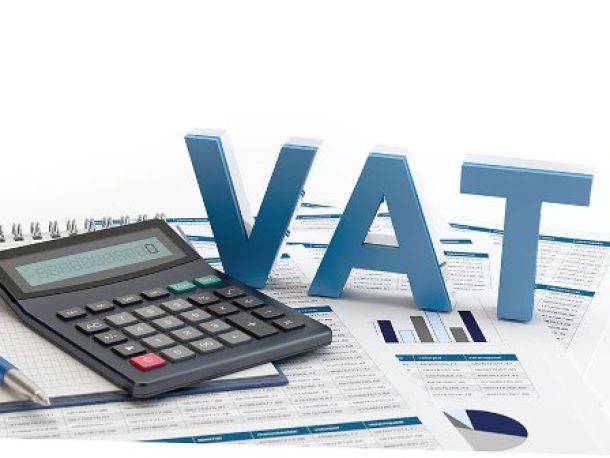You’re not imagining it: Pick n Pay stores really are shrinking – and have less stuff in them
If you've noticed that supermarkets seem to be shrinking as you get older, rest assured it's not just you. Pick n Pay stores these days are significantly smaller than they were, down 30% for new stores compared to the equivalent one opened five years ago, the retail group said.
The mix of stuff on the shelves is also quite different, with fewer slow-moving items, and a lot more PnP house-brands across various categories.
It's recent expansion and refurbishment approach "reflects a consumer demand for greater convenience through smaller, neighbourhood-located stores," Pick n Pay told investors in its half-year results to the end of August.
The cavernous Pick n Pay hypermarkets still have a place, it said, having recently "provided customers with a safe one-stop-shop to meet all household needs, including the increased demand for homeware, electrical and technology products to support remote online working and schooling".
But smaller, local stores were not left behind, with "customers demonstrating tremendous loyalty for our community-based franchise stores", it reported.
Instead of building vast new stores, more of its investment is now going into Boxer and Pick n Pay Value stores "serving the lower-to-middle income communities of southern Africa", Pick n Pay said, where it believes it will find sustainable long-term growth.
Meanwhile, in a "range optimisation" process, Pick n Pay reported that it had removed from its shelves 70% of products categorised as old and slow-moving, while rolling out more house-brand items.
Nearly a quarter of goods sold at Boxer stores are now from its own brands, and in some categories that proportion is half. Pick n Pay, in just the last half year, rolled out 550 new and redesigned own-brand products, and 30% of groceries it sells falls within own brands.
News Category
- International retailers
- On the move
- Awards and achievements
- Legislation
- Wine and liquor
- Africa
- Going green
- Supplier news
- Research tools
- Retailer trading results
- Supply chain
- Innovation and technology
- Economic factors
- Crime and security
- Store Openings
- Marketing and Promotions
- Social Responsibility
- Brand Press Office
Related Articles

Empowering South African households through gro...

SPAR shares practical tips to beat food inflation

South African motorists could be paying up to R...

Big VAT changes on the cards


